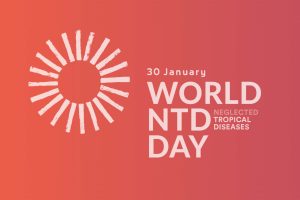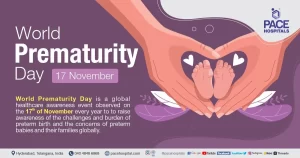 Audiovisual archives tell us stories about people’s lives and cultures from all over the world. They represent a priceless heritage which is an affirmation of our collective memory and a valuable source of knowledge since they reflect the cultural, social and linguistic diversity of our communities. They help us grow and comprehend the world we all share. Conserving this heritage and ensuring it remains accessible to the public and future generations is a vital goal for all memory institutions as well as the public at large. The UNESCO Archives has launched the project « Digitizing our shared UNESCO history » with this very goal in mind.
Audiovisual archives tell us stories about people’s lives and cultures from all over the world. They represent a priceless heritage which is an affirmation of our collective memory and a valuable source of knowledge since they reflect the cultural, social and linguistic diversity of our communities. They help us grow and comprehend the world we all share. Conserving this heritage and ensuring it remains accessible to the public and future generations is a vital goal for all memory institutions as well as the public at large. The UNESCO Archives has launched the project « Digitizing our shared UNESCO history » with this very goal in mind.
The World Day for Audiovisual Heritage (WDAH) is a commemoration of the adoption, in 1980 by the 21st General Conference, of the Recommendation for the Safeguarding and Preservation of Moving Images. The World Day provides an occasion to raise general awareness of the need to take urgent measures and to acknowledge the importance of audiovisual documents.
In this way, the World Day also serves as an opportunity for UNESCO’s Member States to evaluate their performance with respect to implementing the 2015 Recommendation Concerning the Preservation of, and Access to, Documentary Heritage, Including in Digital Form.


 This mental picture came to my mind as I read the last verse of the 2nd reading of today’s celebration (Ephesians 5:15-20).
This mental picture came to my mind as I read the last verse of the 2nd reading of today’s celebration (Ephesians 5:15-20). World Drowning Prevention Day, declared through the April 2021
World Drowning Prevention Day, declared through the April 2021  The Logo of the European Thyroid Day – 25th May
The Logo of the European Thyroid Day – 25th May 
 On 31 May 2021, the World Health Assembly (WHA) recognized 30 January as
On 31 May 2021, the World Health Assembly (WHA) recognized 30 January as  World Prematurity Day is observed worldwide on 17th of November every year
World Prematurity Day is observed worldwide on 17th of November every year
 Shining a spotlight on thrombosis
Shining a spotlight on thrombosis